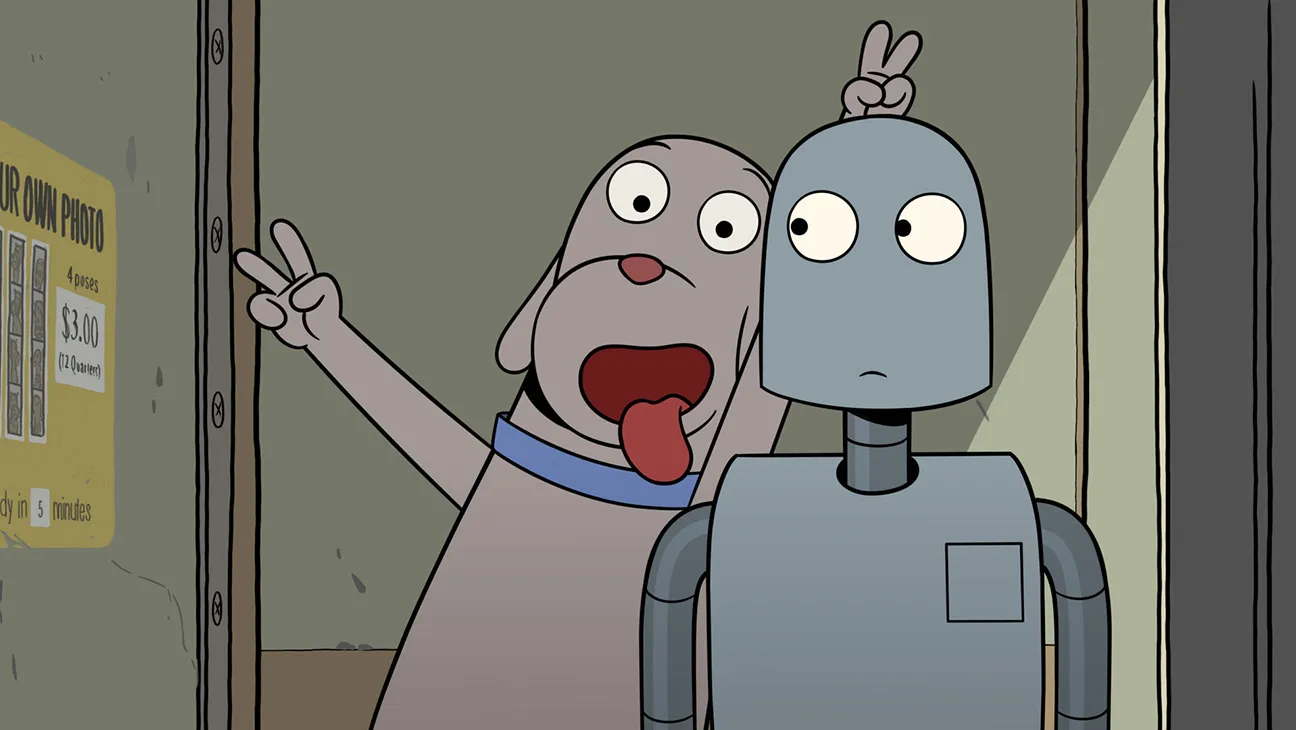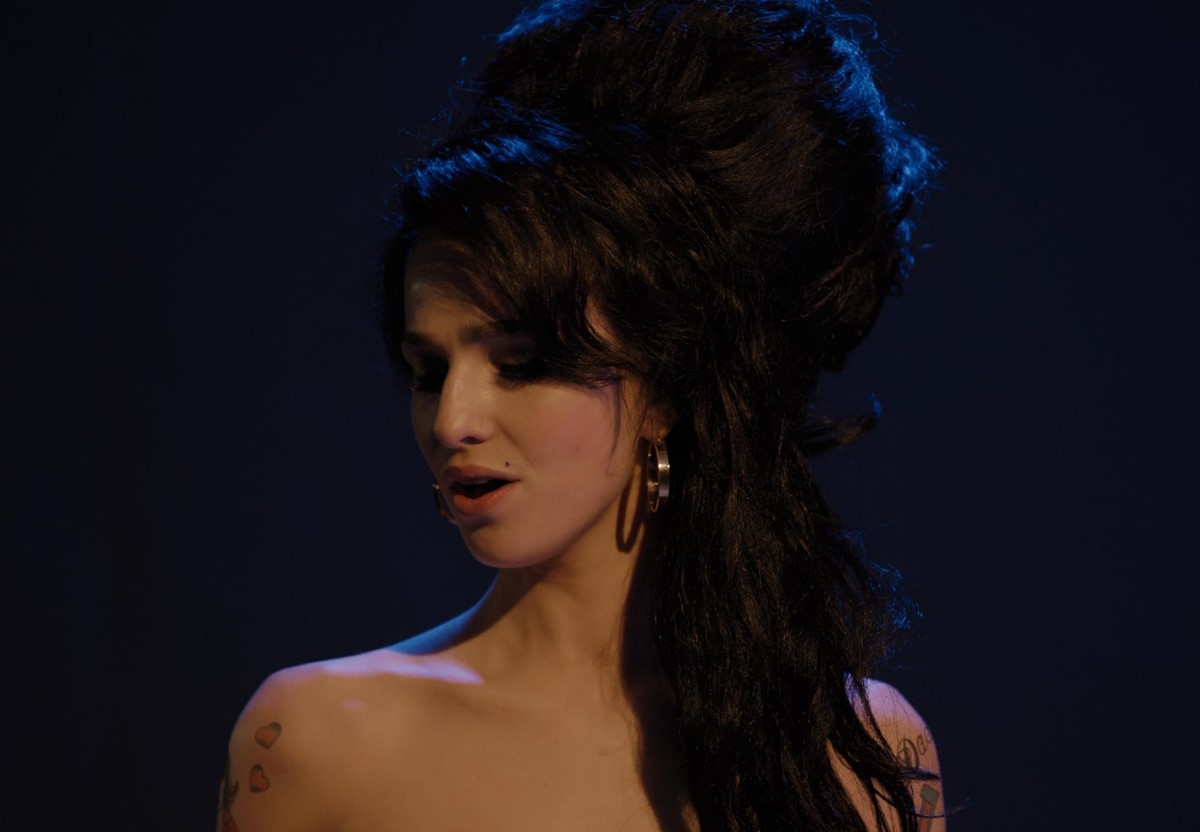by Stanley Kauffmann
Stanley Kubrick began professional life as a photographer and has lately been reverting to his first career. His new film, Barry Lyndon, very nearly accommodates Zeno’s paradox of motion: it seems to remain— at least for long periods—in one place while actually it is moving ahead. Kubrick has produced three hours and four minutes of pictures.
For these increasingly static interests of his, the present day will not serve. His last two films, 2001 and A Clockwork Orange, probed the future. He then announced plans to do a giant work on Napoleon. That project fell through, and Kubrick went even further into the past. He chose the first and possibly the worst of Thackeray’s novels, Barry Lyndon.
Published in 1844, the novel is set a century earlier: it leads up to and away from the Seven Years’ War, 1756-63. A handsome young Irishman named Redmond Barry believes (mistakenly) that he has killed a man in a duel over a girl; flees his village; is robbed of the money given him by his mother; and joins the army in order to live. Life turns the romantic, impulsive youth into a scheming adventurer. Experiences with the army in Germany lead to desertion, masquerade and eventually to marriage with a rich and lovely young widow, Lady Lyndon. After some years in which he nearly bankrupts her, he gets thrown out along with his fellow leech, his adoring mother.
For Thackeray this novel proved to be a kind of dry run through the moral landscape of the incomparably superior Vanity Fair. But Barry Lyndon sets itself up as a target for Walter Bagehot’s famous barb that Thackeray spent his time amassing “petty details to prove that tenth-rate people were ever striving to be ninth-rate people.”
Why was Kubrick interested in this book? I infer, not by remote psychoanalysis but from what we are shown on screen, that the warping of innocence by experience was not the concern of his screenplay. We are told by the narrator (Michael Hordern), whose voice is important in the proceedings, that Barry became skillful in chicanery and guile. But we see nothing of this process, any more than we see him become skillful in the swordsmanship he later displays. All through the film we are told a great deal about the changes in Barry’s character; we see only his actions before and after. There is an intermission in this long film, and I can only assume that some of those important changes take place while we are out in the restrooms.
Kubrick’s lack of concern with his protagonist is underscored by his casting of Ryan O’Neal as Barry. This lump, this noodle, is meant to embody youth and high spirits, daring and deviltry, courage and susceptibility to the ways of cunning, all with a heart of at least some gold underneath, as shown by his love for his little son and his grief when the boy is killed. For all these qualities O’Neal supplies one expression through most of the picture, occasionally varied. Yes! you actually see that expression change sometimes! And as the O’Neal features are not very striking to begin with, we can only assume that Kubrick’s concern lay elsewhere—an assumption heightened by the sound of O’Neal’s accent, pure American only slightly disguised, juxtaposed with the accents of the several good Irish and English actors in the cast.
Nor was Kubrick much concerned about Lady Lyndon or he would not have cast the role with an egregiously untalented ex-model named Marisa Berenson. True, she has appeared in films before (Death in Venice, Cabaret), but she is still nothing but a piquant high-fashion face.
What, then, has interested Kubrick here? Well, for one thing, he has been interested in developing, with a German optical firm, a fast-action lens that would permit him to shoot candlelit scenes by candlelight. And very mellow that light is, too. He has been busy scouting beautiful locations in England and Ireland and Germany. He has been dreaming up ways to deploy armies—possibly some arrangements left over from his Napoleon project. He has been working with his gifted art director, Ken Adam (who did Dr. Strangelove), and the gifted cinematographer John Alcott (who did A Clockwork Orange) to fix a visual texture. In short, he seems to have chosen Barry Lyndon because it gave him the chance to create a series of exquisite period pictures. But if you gave your nephew Willie $11 million, which is what the thing cost, and a first-rate staff, he could imitate eighteenth-century paintings, too.
A certain lame rationale is soon apparent in Kubrick’s method. Many sequences begin with a close shot of an object or person, then the camera pulls back slowly to set the initial subject in a vast environment. Over and over again this strophe is repeated. When it’s not used, often a sequence begins with the subject in the middle distance of a broad vista. Kubrick has opted strongly for context as subject, possibly to create a tension between the heavenly serenity of the places and the intrigue-cum-butchery they contain, or possibly in the dubious belief that this perspective works against romantic subjectivity and toward classical perspective. (But then why does he use so much Schubert on his sound track?)
Even this method might have had some limited result if Kubrick showed any sense of rhythmic force—in effect, some awareness of the viewer’s presence. Mile after mile of countryside rolls before us, scene after scene is played with a lengthy pause after almost every line. (I can hardly remember a cue that was promptly “picked up.”) Scene after scene is written as extendedly as possible. For example: Near the end Lady Lyndon’s steward comes to tell the injured Barry and his mother that his employer is forcing a harsh choice on them. With the aid of the narrator Kubrick could have put the steward in the bedside chair at the beginning of the scene, stating his terms, and the result would have been not only more pointed but more ironic. Instead we are forced to go through the pointless entry of the steward into the room, his greeting of the pair, an offer to him of tea, his declining, an invitation to him to sit, and so on—all this after nearly three hours of film. I can only think that Kubrick thinks that eighteenth-century grace means dawdling.
He has used some good actors: Marie Kean of the Abbey Theater as Barry’s mother; Leonard Rossiter, celebrated for his Arturo Ui, as Captain Quin; the veteran André Morell as Lord Wendover; Patrick Magee, that connoisseur of the bizarre, as the Chevalier Baribari, Barry’s mentor in duplicity. (Thackeray called him Balibari, derived from the village of Ballybarry, and made him Barry’s uncle. Kubrick alters both these things, for some reason, thus rendering Barry’s behavior when he meets the man much harder to understand.) But the better the actors are, the more they are hampered by the two leading people, by Kubrick’s pace and his emphasis elsewhere. Rarely has a film taken so long to achieve so little.
Sometimes we are told, and sometimes by Kubrick himself, that to dissent from the mode of his recent work is to show a “literary” bias, to lack response to cinema as such. My view is precisely the opposite. All this museum-imitation of eighteenth-century painters, all this adoration of the sheerly photographic seems to me destructive of the vitality and uniqueness of the whole film art, a kind of esthetic echolalia in the middle of a vast new linguistic possibility. It is all facile, glib, reductive, hobbling film’s addition to our artistic means of dealing with experience. Beautiful pictures are not film style. The recent self-conscious films of Miklós Jancsó, which I dislike, are at least patent attempts to expand film language. Kubrick’s latter-day work is solipsist and smug, isolated and sterile. For me Barry Lyndon is an anti-film, a gorgeous, stultified bore.
The New Republic, January 3 & 10, 1976




